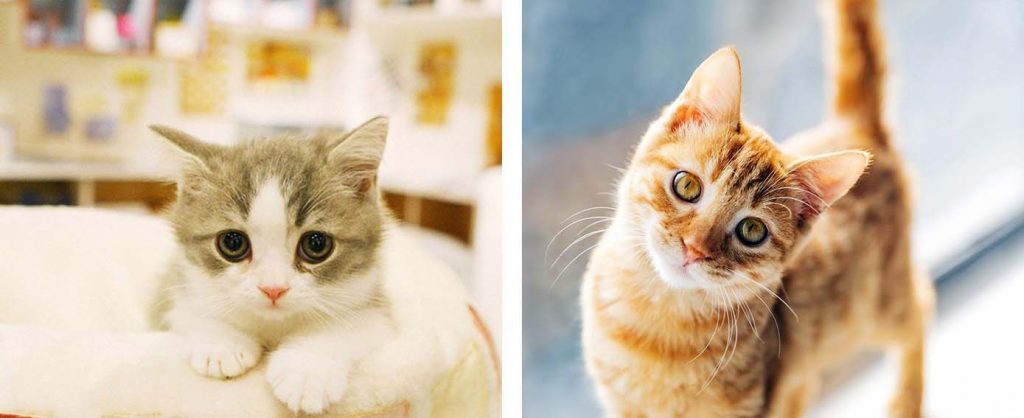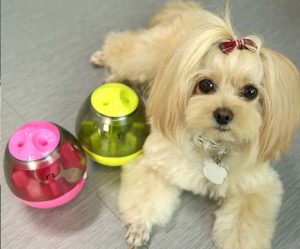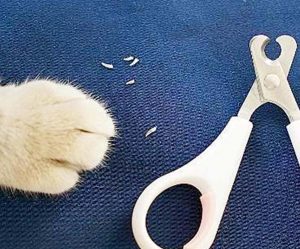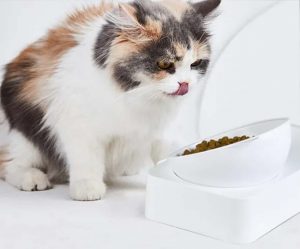There is a saying in cat circles that a cat’s food bowl and water bowl should not be too close together. But why? It is said that if drinking water from the water bowl is spilled near the cat food bowl, it may mess up the cat’s eating area. Another idea is that if the food and water bowls are placed close together, cat food can easily fall into the water bowl and contaminate the drinking water. Of course, both of these things can happen, depending on the cat’s diet, but is either of these reasons enough to separate the water bowl from the food bowl? If not, where did it come from?
Why separate the water bowl from the grain bowl?
There is no definitive answer to this question, so some people may be disappointed by the answer. Cats have an innate predisposition to hunt, which can be seen in their tracking and pouncing behavior. Some experts say they can be confused when there is a ready source of water next to food, which is rarely near food in the wild. Some people think that food particles falling into the water bowl can contaminate drinking water. While cats can naturally adapt to the bacteria that may be present in the water, most cats still prefer clean drinking water. It’s also thought that cats don’t like to smell food when they drink. Sure, some cats do this, but not all cats will refuse to drink near their food.
By tracing the details of some cats, it is still uncertain whether these sources are a reason not to keep cat food and water bowls together. Some professionals suggest that if a pet owner wants to encourage a cat to drink more water, he can try putting the cat’s food and water dish together. Cats have evolved to get most of their water from their prey, such as mice. Cats may need less water than dogs, but they still need some, especially if they have a urology-related condition such as kidney disease, kidney failure, or a urinary tract infection.
Eating Habits
Many cats do like to drink constantly running water, due to a survival trait they inherited from their ancient ancestors – seeking clean water from flowing sources, such as streams. Stagnant water is more likely to breed bacteria. Many wild animals will avoid it if there is a better alternative. Today, many animals living in the wild still do the same thing for safety. The habit of choosing a flowing water source is still present in the domestic cat, such as the bathroom or kitchen faucet. Of course, not all cats will refuse to drink out of a bowl, but if a pet cat doesn’t like to drink out of a bowl, then choosing a cat water dispenser is a good way to go and it meets their water needs as well.
If the cat’s food bowl and water bowl are placed together and the pet owner does not notice these problems, such as refusing to eat or drink, there is no need to move the food bowl and water bowl. If pet owners notice that the cat doesn’t like to drink from the bowl, or often finds cat food in the water bowl, they need to separate the location of the food bowl from the water bowl – they don’t need to be too far apart, a few feet is enough.
Using a cat water fountain as your cat’s main water source can also solve the problem of cats not drinking water. If pet owners can’t carry their cat’s food and water too far because of space, they can encourage the cat to drink by cleaning the water tray daily. If pet owners see food or other debris floating in the water, they need to clean it up promptly. Pet owners can also try placing water bowls on some tables, such as counters, and keeping a water bowl. If space allowed, this would surely satisfy the cat’s instinct to find fresh water.





